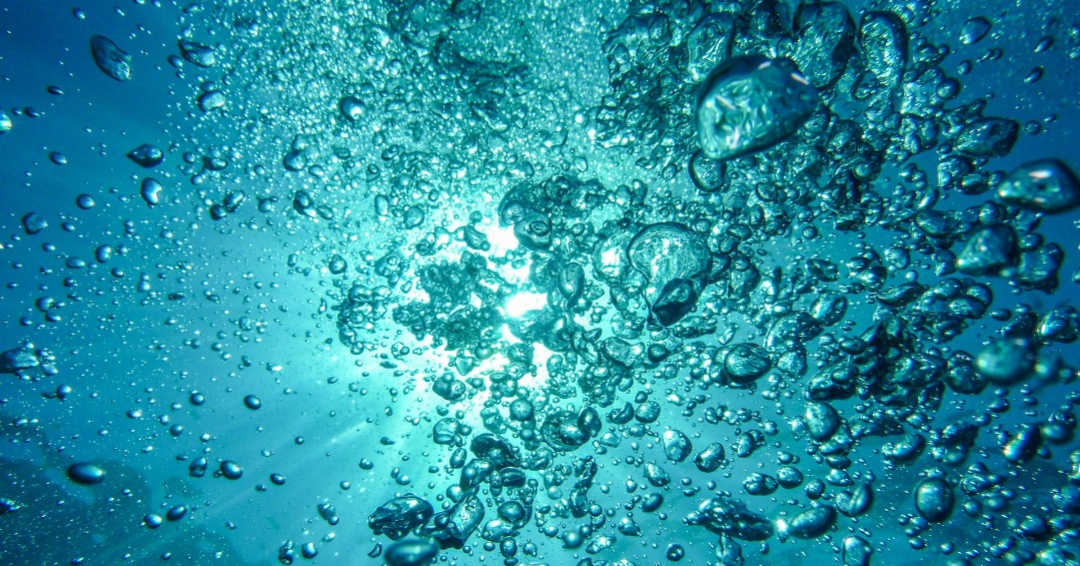Researchers have been trying to find ways to remove carbon dioxide from the atmosphere, but more should be done for the ocean, which absorbs 30-40% of the harmful gas. Actually, the concentration of carbon dioxide in seawater is more than 100 times greater than it is in air.
MIT researchers have developed a new method of cheaply and efficiently capturing CO2 from the ocean. The findings were first published in the journal Energy and Environmental Science.
First, water is acidified in a set of membrane free electromagnetic cells in order to convert dissolved inorganic bicarbonates to molecular carbon dioxide (gas) which is collected via vacuum. Next, the water is fed to a second set of electromagnetic cells with a reversed voltage, to recover protons and turn the acidic water back to an alkaline before releasing it back into the ocean.
Kripa Varanasi, a professor of mechanical engineering at MIT and one of the researchers, is confident that alkaline water injection combined with carbon dioxide removal can help reverse ocean acidification caused by carbon dioxide buildup, which has threatened coral reefs and shellfish.
Odată ce dioxidul de carbon este extras din apă, acesta trebuie eliminat într-un mod sigur și responsabil, cum ar fi îngroparea lui în formațiuni geologice adânci, transformarea într-un compus precum etanolul sau folosirea lui pentru a crea alte produse chimice de specialitate.
The most effective way to get results quickly would be to couple this new carbon removal system with existing infrastructure that process seawater, such as desalination plants, ships (that can process water as they travel), offshore drilling platforms, or aquaculture farms.
Source: news.mit.edu

